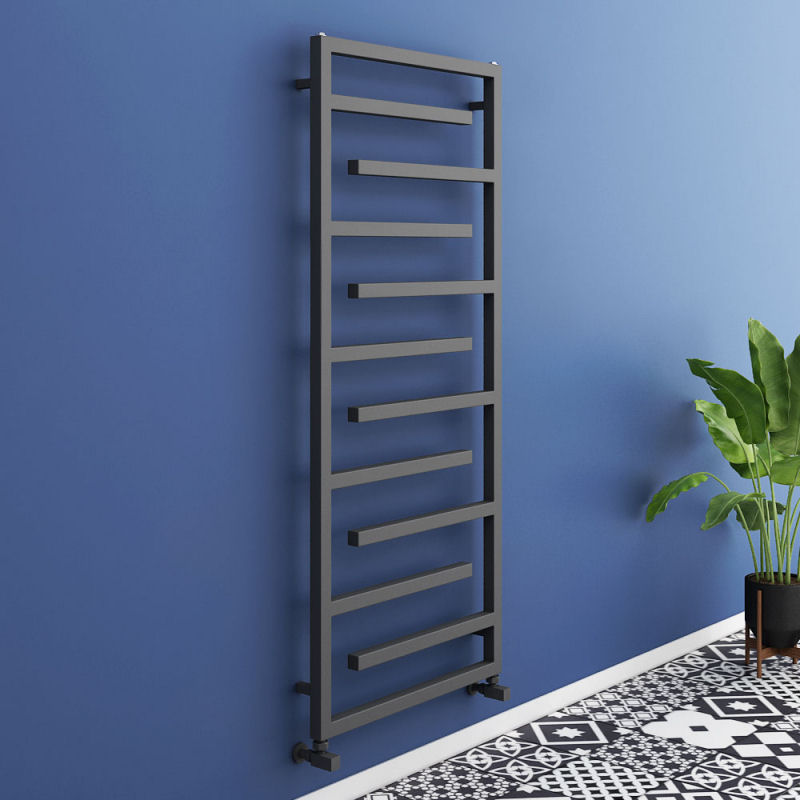
There are many things you can do to make a typical bathroom smarter, more convenient, more comfortable and safer and easier to live in.
There are many types of lighting used in a typical bathroom. Whilst it is possible to fully automate the main lighting in bathrooms, you need to ensure it is done intelligently. You will not always want the bathroom brightly lit, just because it is occupied. You will probably need the behaviour to change based on the time of day.
Some of of the types of lighting used in our @smartest_home include:
We use safety lighting in many places in our home. It provides just enough light to see by and to navigate by at night, without destroying your night vision.
It makes a lot of sense in a bathroom, especially in an ensuite bathroom, where you don't want to light up the bedroom (and disturb others) just because you need to use the bathroom.
It makes sense to provide emergency lighting in a bathroom, so that it is easy to navigate a way out of it in an emergency.
We have smart task lighting over the sinks in our bathrooms, which use proximity sensors to activate lighting over mirrors.
Basic sensors in a bathroom will provide valuable information and insight. A temperature sensor will enable intelligent heating control and (if your country requires it) cooling control. humidity sensors can be used for intelligent climate control and ventilation.
Things like door contact sensors and PIR sensors will provide an accurate view of occupancy in the smart home. This can be used to make other things much smarter, such as the lighting. Any connected switch or button in our contextual smart home can also be a source of occupancy information.
Our smart shower also has an occupancy sensors and since we use a nested zones model, this means our bathroom is also occupied when the shower is.
We have a separate section on smart showers.
There are lot advantages in having a touchless flushing toilet. The challenge is how to integrate commercial infra-red touchless flush sensors to our smart home.

There are various types of towel rails used in UK homes. Some are directly connected into the central heating system and effectively also act as radiators. Some have an additional electric heating element that enables more control and some only have an electric heating element.
Our preference is very much for the latter approach, as this gives isolation from the heating system and allows towels to be dried during the warmer months, when the heating system may not be in use at all.
Having said that the towel rail in our current bathroom is essentially a radiator connected to our central heating system and also contains a 300W electric heating element. This means we can connect use a temperature sensor to it and also intelligently control the electric heating element.

We are using our flood and leak sensors in key locations in our bathrooms, such as under shower trays, baths and toilet cisterns.